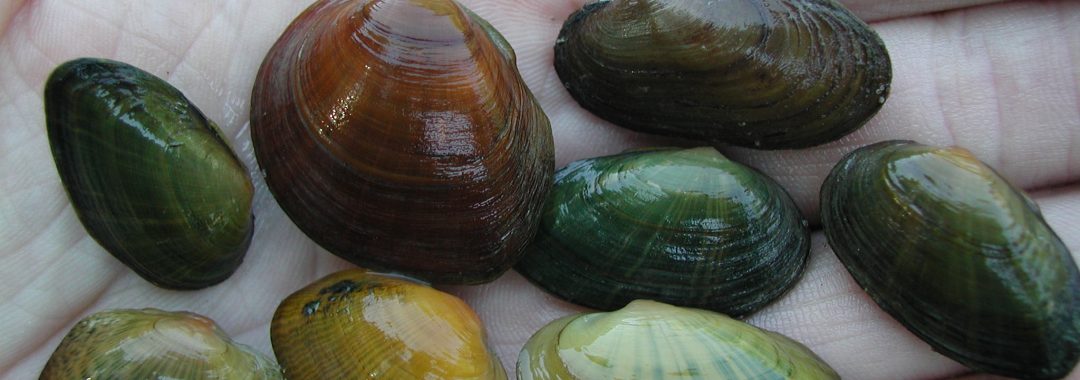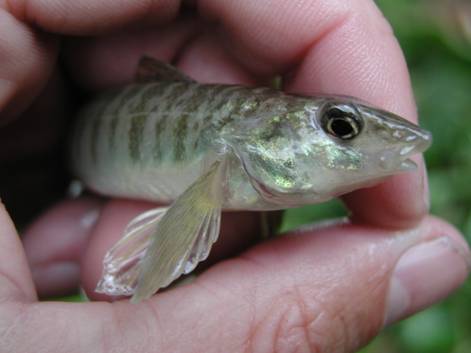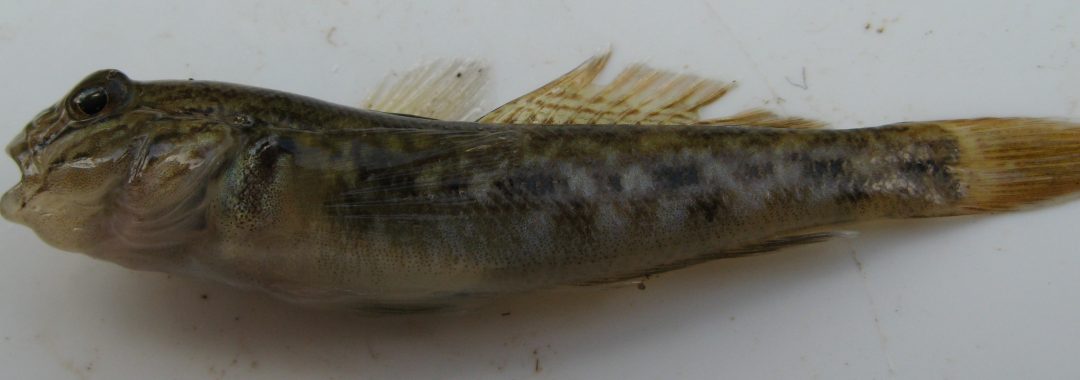Abstract:
Round Goby (Neogobius melanostomus) has invaded high diversity tributaries of the Laurentian Great Lakes, including those supporting multiple species of conservation concern. The extent and magnitude of ecological impacts on benthic riverine fishes is poorly understood, especially changes in dietary overlap and feeding strategy. We used a before-after study design to examine the impact of Round Goby on native benthic riverine fishes, including the Threatened Eastern Sand Darter (Ammocrypta pellucida) in the Sydenham River, Ontario, Canada. To evaluate shifts in diet overlap and feeding strategy, fishes were collected with multiple gears and the direct (diet overlap with the invader) and potential indirect (diet overlap among the native benthic fishes) impacts of Round Goby were assessed. Before the arrival of Round Goby, there were a total of 6 ecologically significant diet overlaps among the studied native benthic fishes. Following the arrival of Round Goby, there were 20 ecologically significant diet overlaps, with 6 out of 8 species, including Eastern Sand Darter, showing significant diet overlap with Round Goby. Fishes exhibiting significant dietary overlap with Round Goby shifted feeding strategies to become more specialized, a change in feeding consistent with potential competitive effects. Although the long-term consequences of invasion-induced dietary and feeding shifts remain poorly understood, increased competitive interactions suggested by dietary overlap may be occurring between Round Goby and native benthic riverine fishes and may exacerbate the observed declines of native species.
Citation: Firth, B., Poesch, M.S., Koops, M., Power, M. and D.A.R. Drake. (2021) Diet overlap of common and at-risk riverine benthic fishes before and after Round Goby (Neogobius melanostomus) invasion. Biological Invasions 23(1): 1-14.
Also Read:




